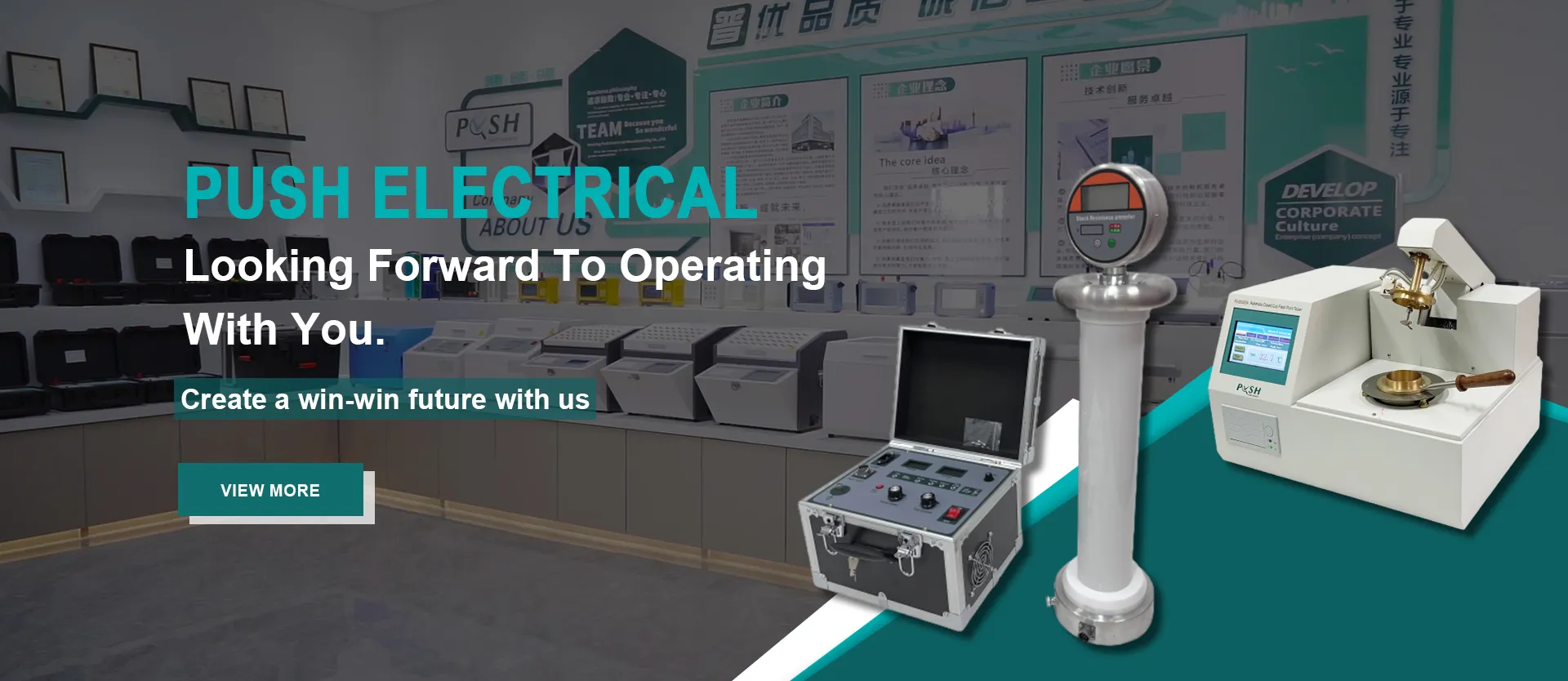 English
English


karl fischer volumetric titration
Karl Fischer Volumetric Titration A Comprehensive Overview
Karl Fischer titration is a widely employed analytical chemistry technique used to determine the water content in various substances. Developed by the German chemist Karl Fischer in 1935, this method utilizes the unique reaction between water and iodine in an alcoholic medium, specifically pyridine and methanol. The volumetric approach offers precise and reliable results, making it a preferred choice for industries ranging from pharmaceuticals to food and beverages.
Principle of Karl Fischer Titration
The fundamental reaction in Karl Fischer titration can be summarized as follows
\[ \text{H}_2\text{O} + \text{I}_2 + \text{S} \rightarrow \text{H}_2\text{SO}_4 + 2 \text{I}^− + \text{S'} \]
Here, \( H_2O \) represents the water to be measured, \( I_2 \) is the iodine, and \( S \) corresponds to the solvent, which is typically a methanol-pyridine mixture. The reaction involves the quantitative reaction with water, producing an equivalent amount of iodine. As the titration progresses, the iodine is reduced by a substance that serves as a reducing agent, often sulfur dioxide or other organic compounds.
Equipment and Procedure
The Karl Fischer titration setup includes a burette to deliver the titrant (iodine solution), an electrometric endpoint detection device, and a suitable vessel for the sample. The titration can be performed either volumetrically or coulometrically. In volumetric titration, a known concentration of iodine solution is gradually added to the analyte until the endpoint is reached, where all available water has reacted.
The process begins with the introduction of the sample into the solvent, and the titrant is then added dropwise. As the iodine reacts with the water content, the concentration of iodine in the solution changes. The endpoint is detected when a small excess of iodine is present, which can be monitored through potentiometry or visual indicators.
karl fischer volumetric titration

Advantages of Karl Fischer Titration
1. Precision One of the primary advantages of Karl Fischer titration is its high precision and accuracy, often reaching parts per million (ppm) levels. This is crucial in many industries where even minute amounts of water can affect product quality.
2. Wide Applicability The method can be used for a variety of materials, including solids, liquids, and gases. Its versatility makes it a standard technique in numerous fields, such as pharmaceuticals, petrochemicals, and food products.
3. Quick Results Karl Fischer titration is relatively fast, providing results in a matter of minutes. This efficiency is advantageous for quality control processes where time is of the essence.
Limitations of Karl Fischer Titration
Despite its many benefits, Karl Fischer titration does have some limitations. The presence of certain substances that react with iodine or interfere with the titration can lead to inaccurate results. Additionally, the method requires careful calibration and maintenance of equipment to ensure reliability.
Conclusion
In conclusion, Karl Fischer volumetric titration is an essential analytical technique for quantifying water content in various materials. Its high accuracy, wide applicability, and quick turnaround time make it invaluable across multiple industries. While it does present certain challenges, ongoing advancements in technology and technique continue to enhance its efficacy and reliability, ensuring that it remains a cornerstone of quality control in analytical chemistry.
-
Differences between open cup flash point tester and closed cup flash point testerNewsOct.31,2024
-
The Reliable Load Tap ChangerNewsOct.23,2024
-
The Essential Guide to Hipot TestersNewsOct.23,2024
-
The Digital Insulation TesterNewsOct.23,2024
-
The Best Earth Loop Impedance Tester for SaleNewsOct.23,2024
-
Tan Delta Tester--The Essential Tool for Electrical Insulation TestingNewsOct.23,2024





